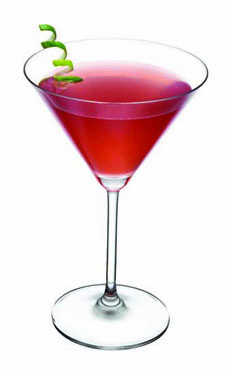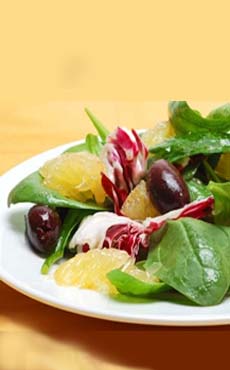| |
May is the month for delicious ramps. Their season is fleeting: late April to early June. They are worth seeking out.
Ramps (Allium tricoccum) are wild leeks—also known as spring onion, ramson and wild garlic. In French, they are called ail sauvage, wild garlic, and ail des bois, garlic of the woods, because of their combined garlic-onion flavor. They look like a more exotic scallion.
Ramps don’t take to cultivation, so for a brief period each spring, they are picked in the wild. The entire plant is edible, from the broad, smooth, green leaves that look like daffodils to the scallion-like bulb.
Wild ramps can easily end up in one’s yard—where they are typically pulled out and thrown away (as our family did), not only because of their long leaves but for their strong garlic aroma. If you notice a plant by this description, take it to the kitchen instead of the trash can.
The name is of English origin, attributed to a folk name, “ramsen,” the plural form of hramsa, an Old English word for wild garlic. Early English settlers of Appalachia—a prime ramp region—saw the hramsa growing. The name later became shortened to ramp.
How To Enjoy Ramps
Use them raw, as you would scallions (green onions), or cooked as you would any member of the onion family.
Add them to sandwiches, on delicious multigrain bread topped with unsalted butter and a pinch of sea salt. Add grilled vegetables, goat cheese or mozzarella, or a slice of chicken, turkey, beef, ham or lamb.
Sauté them in olive oil and toss with pasta, or serve with roasted potatoes, rice or cooked vegetables. Add them to egg dishes. We had the most heavenly dish of sautéed ramps, asparagus and mushrooms; we later duplicated the recipe and served it with sliced polenta. (If the ramps are large, first blanch them in boiling water for about 2 minutes.)
Make ramp pesto to toss with pasta, as a bread spread or as a condiment with chicken or fish. Here’s a pesto recipe as a guideline. Instead of adding the garlic in the recipe, use lemon zest.
Use as a garnish for soups, mix into potato salad, enjoy ramps anywhere you’d like some fresh garlicky flavor.
Also try this Mushroom, Ramps & Spinach Tart.
Join Alex Guarnaschelli of the Food Network in the video, as she shops for ramps.
|







